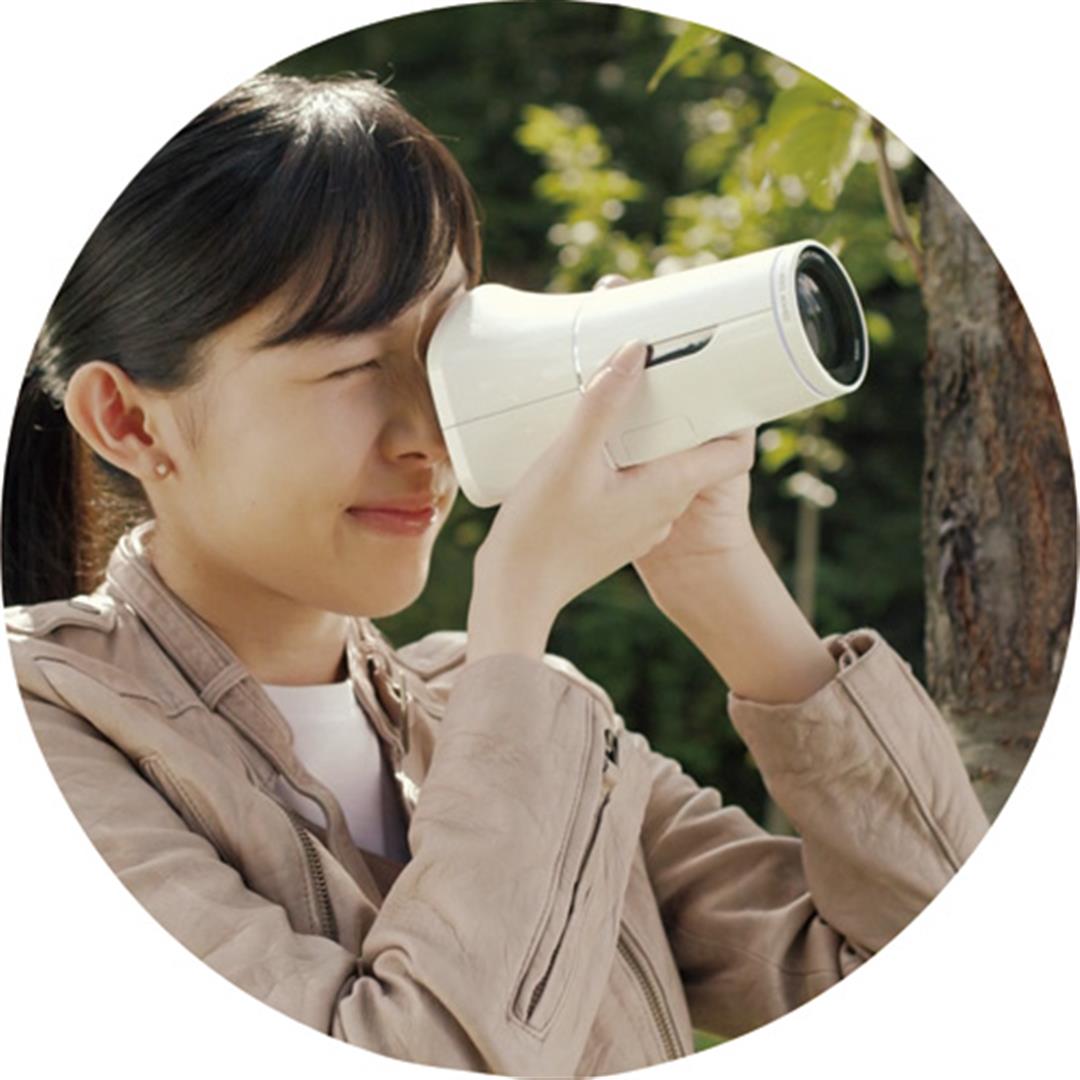The Japanese are known as the greatest lov-ers of World Expos. Huang Jenn-jia, an assistant professor of mass communication at Tamkang University, has studied Japan's exhibition industry. Huang points out that during the Meiji Restoration at the end of the 19th century, Japan sent delegations to Britain on study missions. They had a big impact, and from that point on Japan showed great enthusiasm for World Expos. For instance, in 1935, during the era of Japanese rule in Taiwan, the colonial rulers held a Taiwan Expo to celebrate the 40th anniversary of Japanese rule. During its 50-day run, the exhibition attracted a total of 2.75 million visitors. The majority were Taiwanese, followed by Japanese, and then smaller numbers of Koreans, Manchurians and other groups. The total number of visitors equaled one-third of the island's population.
Considering the great enthusiasm that the Japanese have for international exhibitions, it should come as no surprise that they brought out the works for an event billed as "history's largest" World Expo.
The Japanese Pavilion sits on about 6000 square meters. The large arching domed roof has three "tentacles" extending from it, as well as three concave "breathing holes." With its lavender exterior, it looks like some creature from an imaginary world, or a leading character in a Hayao Miyazaki animated film!
In fact, the purple exterior, tentacles and breathing holes are all manifestations of cutting-edge environmental methods. The lavender exterior is made of a lightweight photocatalyst-treated ETFE membrane. (The Beijing National Aquatics Center, or "Water Cube," which was home to swimming events during the 2008 Summer Olympics, also has an exterior made of this material.) It absorbs solar energy and lowers dust levels, and it keeps a beautiful-as-new appearance even if it isn't often cleaned.
The tentacles and breathing holes are matched together to form an "environmental breathing pillar." Not only can the pavilion collect and reuse rainwater through interior misting that reduces the temperature inside, but it can also bring in air from outside through the breathing holes. At the same time it can take the cold air that collects at the floor and move it upwards in a cycle. This not only saves money and energy by reducing the need for air conditioning, but it also keeps the air inside the pavilion fresh.
The Japan Pavilion is divided into three exhibition zones with an overarching theme of "connections." Zone 1 mainly describes the connections between Chinese and Japanese culture. The story begins with the early Japanese envoys to Tang-Dynasty China, and unfolds along a long multimedia "scroll." Visitors get a clear understanding of how Chinese writing, the tea ceremony, calligraphy, weaving techniques and so forth migrated across the sea to the land of the rising sun, as well as the deep impact they would have on Japan's later development.
In this area, visitors can also enjoy nishijin weaving, a national treasure with a 1200-year history. This style of weaving, which makes use of silk threads of various colors as well as gold and silver threads, in fact evolved from weaving techniques used at the Chinese imperial courts. Interestingly, nishijin weaving is common in modern-day Japan, and yet court weaving techniques have almost entirely disappeared in China. That contrast highlights the determination with which Japan has worked to preserve its cultural legacy.

This "Wonder Camera" at the Japanese Pavilion was developed by Canon. A high-definition ultra-telephoto still camera, it captures all objects, whether near or far, in sharp focus, creating a three-dimensional effect without using 3D technology.